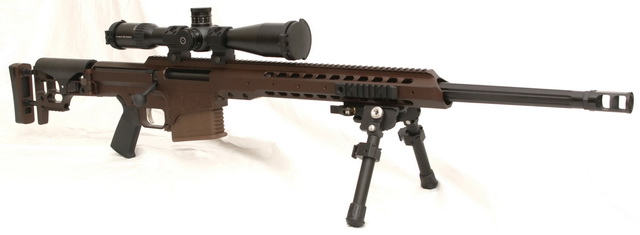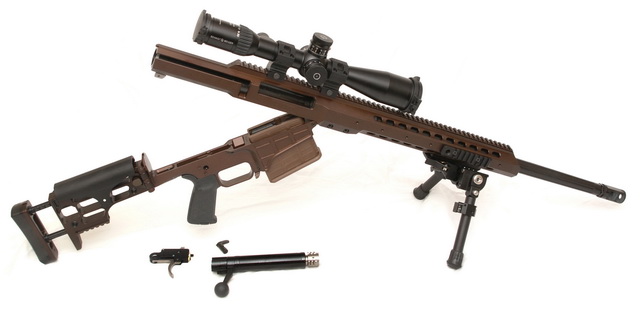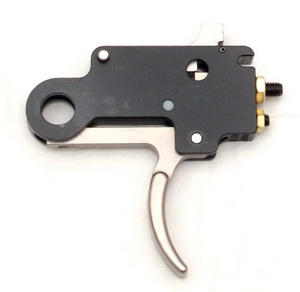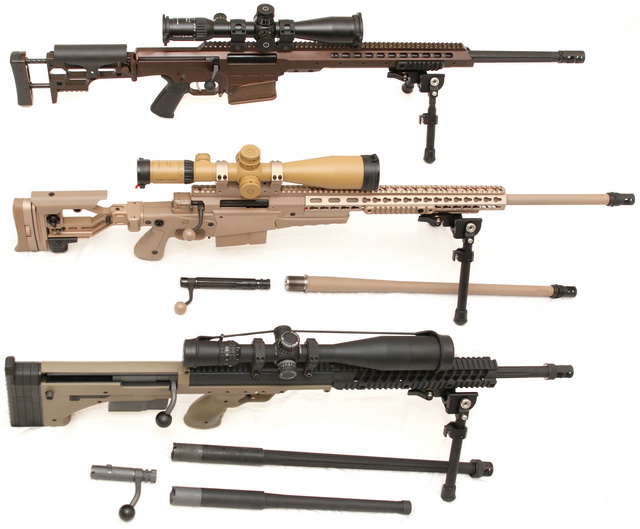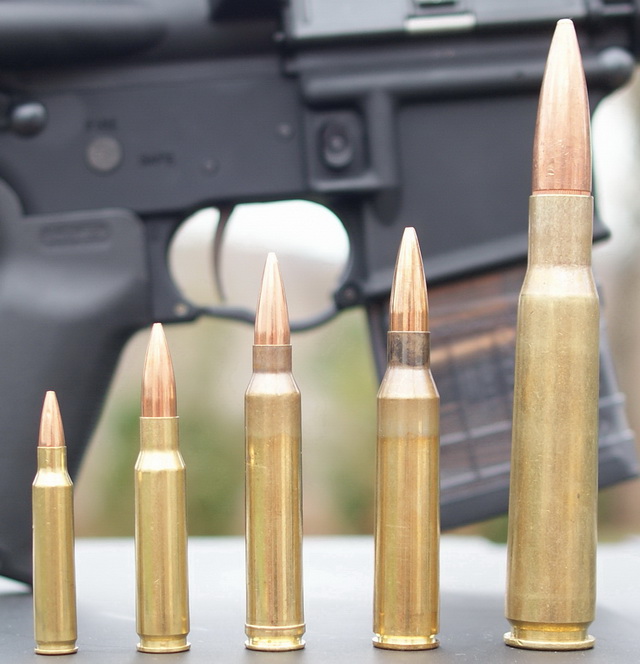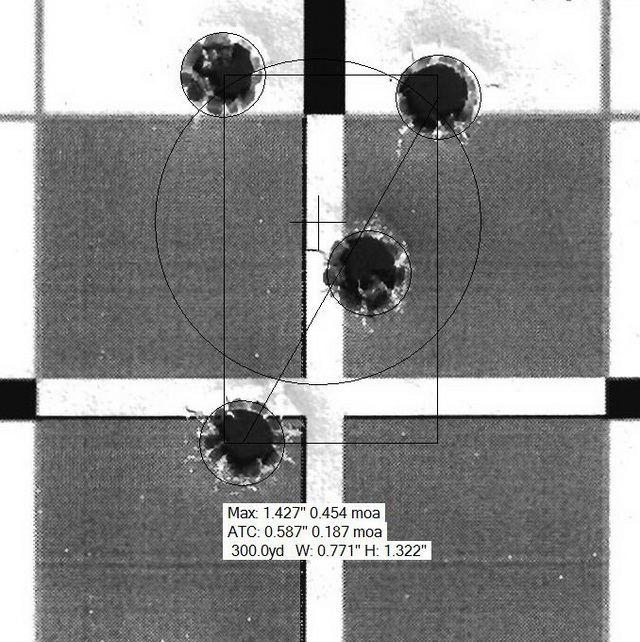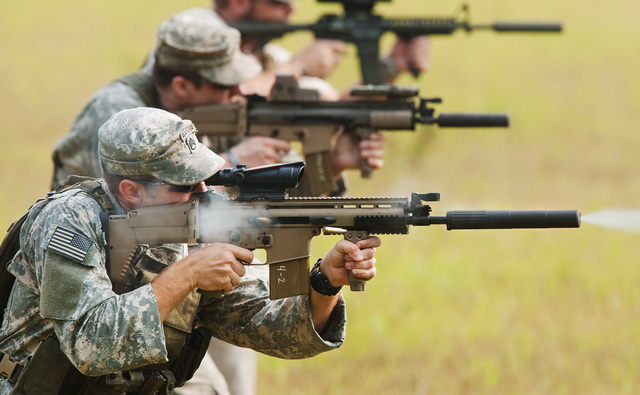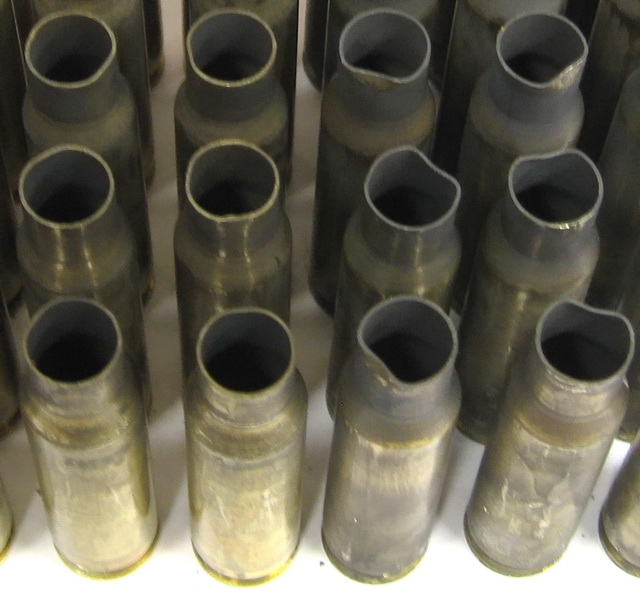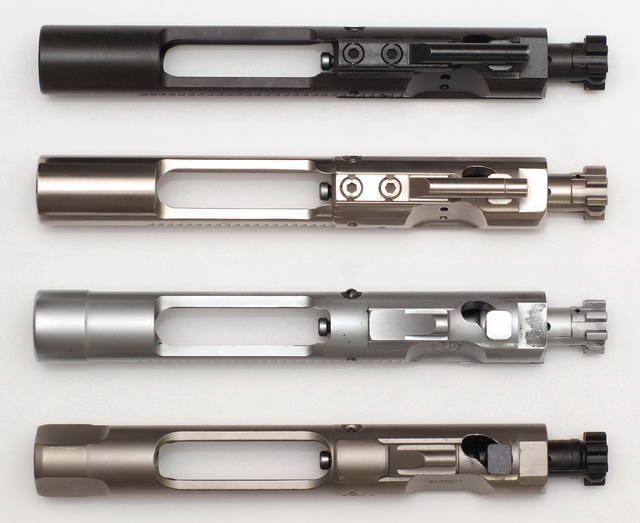The .45 ACP cartridge has a strange, cult-like devotion among many American handgunners. Strange because it is practically inferior to more modern pistol cartridges. Its diameter makes it impractical for double-stack magazines (which is not to say those don’t exist: I handled FN’s double-stack FNP-45 but it is far too large for a carry gun), which means capacity is typically just 8 rounds for a full-sized gun. The chamber pressure limit for the cartridge is just 21kpsi, vs. 35-40kpsi for more modern pistol cartridges. This may have been a benefit in the past but with the ubiquity of strong alloys and precise manufacturing technologies it is no longer. It does, however, mean that the cartridge is optimized for propelling heavier bullets at slower velocities, which as I explained in a previous post results in more recoil for a given level of energy. Finally, the heavy bullets and larger dimensions of the cartridge make it significantly more expensive than other defensive pistol cartridges.
The .45 ACP was developed and launched along with the 1911 pistol, so even though 1911s are produced for other calibers there seems to be some nostalgia for shooting 1911s chambered in .45 ACP. But there is also a great deal of lore surrounding the prowess of the cartridge as a “man-stopper.” This is almost certainly rooted in the military’s experience with pistols. The U.S. has followed the 1899 Hague Convention, which prohibits the use of hollow-point bullets in warfare. Until 2010 even military police carried full metal jacket pistol loads. Rifle bullets go fast enough that standard copper jackets break up in soft tissue, creating large wound channels and dumping most of their energy into human targets. But slow, solid handgun bullets punch through human targets practically intact, which means that they leave a wound channel only as wide as the bullet itself. Given this constraint it’s not surprising that .45s developed a reputation for stopping people with fewer shots than smaller bullets that have been government issued.
But this situation does not apply to civilians, who can carry hollow-point bullets. The standard test for terminal ballistic performance is to shoot gelatin that is calibrated to the consistency of animal tissue. The following image shows the wound channel and penetration of standard loads using jacketed hollow-point (JHP) bullets:

With hollow-point bullets the .45 ACP offers no advantage in stopping power over .40 S&W or .357 SIG (my favorite), which have the advantages of lower recoil, lower cost, and higher magazine capacities.
Energy and Recoil for the pistol rounds shown in the ballistic gel image above
| Caliber |
Bullet
Mass |
Muzzle
Velocity |
Muzzle
Energy |
Power
Factor |
Relative
Energy |
Relative
Recoil |
| 9mm |
124gr |
1181fps |
384ft-lbs |
146 |
1.10x |
1x |
| 9mm |
147gr |
1032fps |
348ft-lbs |
152 |
1x |
1.04x |
| .357 SIG |
125gr |
1319fps |
483ft-lbs |
165 |
1.39x |
1.13x |
| .40 S&W |
165gr |
1076fps |
424ft-lbs |
178 |
1.22x |
1.21x |
| .40 S&W |
180gr |
995fps |
396ft-lbs |
179 |
1.14x |
1.22x |
| .45 ACP |
230gr |
875fps |
391ft-lbs |
201 |
1.12x |
1.37x |
One obvious question is why no .45 cartridge has been specified with higher pressure limits? For example, raising peak pressure to 32kpsi could add 200fps to the load shown here, boosting both Relative Energy and Relative Recoil to 1.7x. One obstacle may be the popularity of 1911 .45s: Neither a standard 1911 nor a standard .45 ACP case can safely support much higher pressures. A few wildcat cartridges have emerged over the years (e.g., .45 Super and .450 SMC) with the same external dimensions and higher pressures, but SAAMI will probably not approve any such cartridges because they could be inadvertently fired in a .45 ACP gun, causing damage and potentially catastrophic failure. SAAMI did approve the .45 Win Mag because its slightly longer cases wouldn’t chamber in a .45 ACP. However that caliber never really caught on, perhaps due to the other problem: power factors above 250 represent a level of recoil that is apparently not practical for a defensive carry pistol.
I recommend this page for further reading on terminal ballistics.
